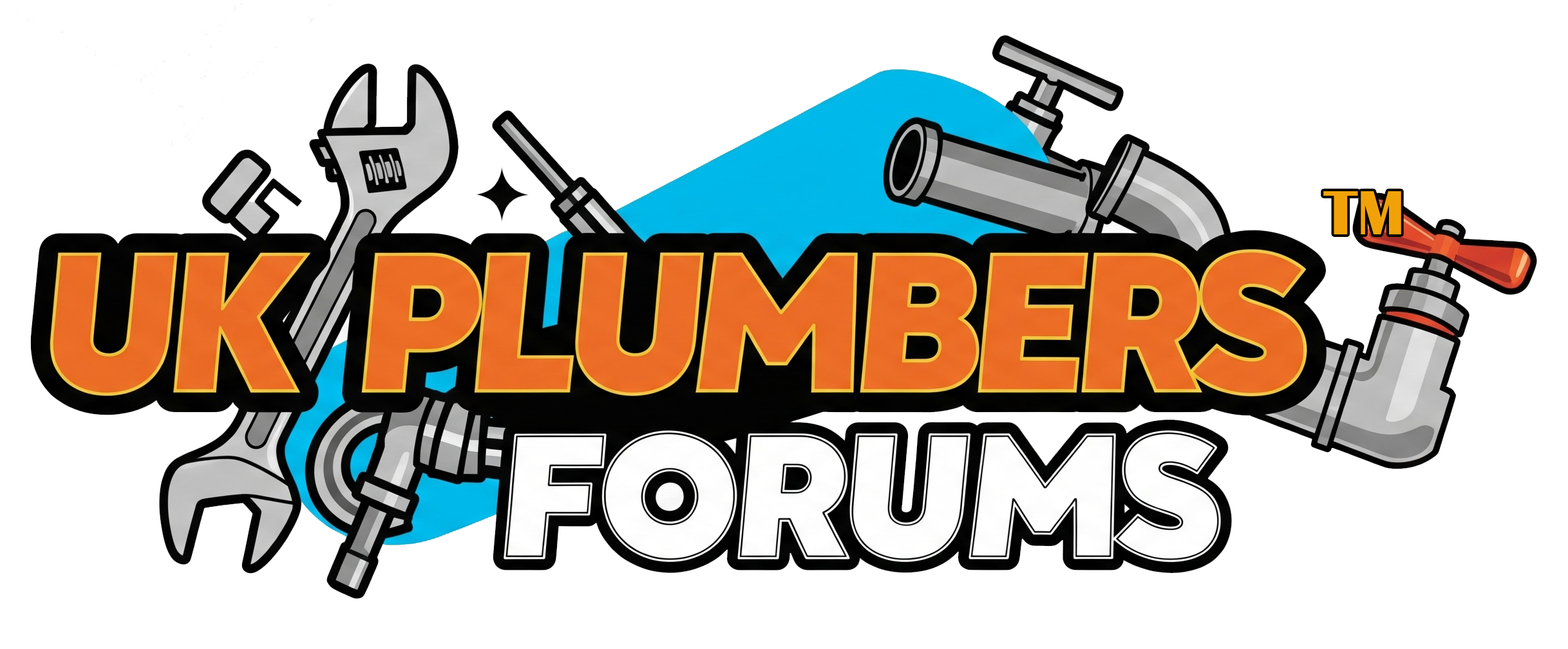That capscrew is seriously tight, should the gasket be replaced when burner is split?
wish id paid more attention to what he was doing when he serviced it.
[automerge]1580750082[/automerge]
I’ve contacted a 3 local heating engineers, 1 said he would go with pump bring issue. 1 said possibly pump but wouldn’t be sure and the other said it’s the control box.
When you split the burner any gaskets need to be replaced if not In good reusable condition. I've not experienced on this burner but have on a Riello where the seal had perished causing it to draw more air which was extinguishing the flame like you're experiencing at times.
I did not say for sure it was the pump, only suspicious and I based that on what I've seen heard and read, like I said I cant be sure without checking a couple things. Control box can cause this issue yes and the DKO does things slightly different in lockout mode but again it's hard to say without being there.


